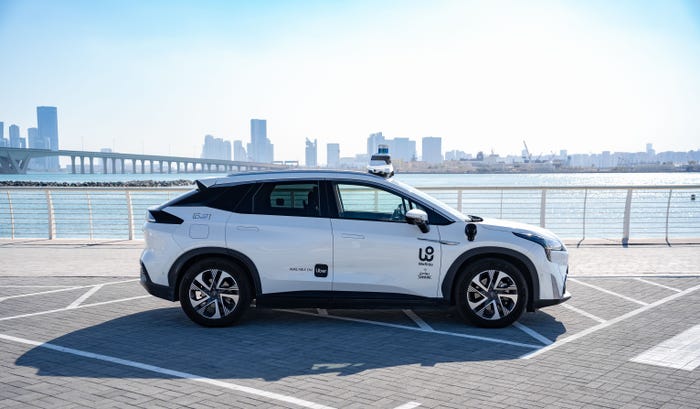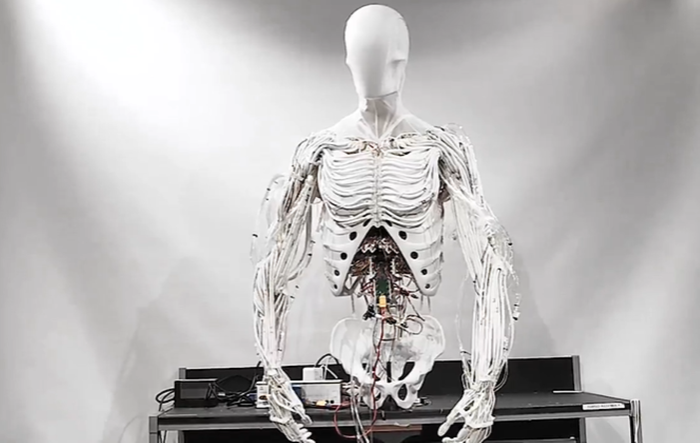Preparing for the Great Grid Overhaul—and Squirrels
Utilities across the country and the world are mulling how to build the electrical grid of the 21st century.
February 6, 2017

Last year, veteran journalist Ted Koppel declared that the United States was unprepared for a cyberattack on our power grid. And he’s not the only one with that opinion. The concept of cyber warfare has become a regular part of the news cycle—with perceived threats of hackers ready to attack our financial markets or electrical infrastructure at a moment’s notice. But it doesn’t take a terrorist or hacker to cause a power outage. At present, rodents arguably pose a bigger threat to our power grid than humans. In 2015, squirrels caused 560 power outages in Montana. Several years ago, a squirrel took out half of the capacity of a Yahoo data center. In January 2017 alone, squirrels caused 17 power outages in countries across the world, according to a website that tracks such rodent attacks.
But while squirrels, birds, hurricanes, and other damage from nature is a headache for utilities, there is a much greater concern: Utilities’ traditional business model is being called into question—at least in the long run. At the very least, the power sector’s future is growing much less predictable. There are several possible futures for the market, according to PwC. It could enter a “death spiral” fueled by disintermediation, technology disruption, and customer evolution. Or their business could flatten while the grid declines in value. Or, the “golden age” for utilities could be approaching, assuming utilities succeed at reinventing themselves.
Many utilities are already looking at different business models powered by IoT technology, says Ryan Gerbrandt, SVP of global solutions and commercial operations at Trilliant. Some companies are flirting with service-based business models while moving away from selling actual energy. “That solves a couple of problems,” Gerbrand says. “One, it helps incentivize them to provide high quality, reliable service delivery of energy and decouples them from selling a commodity.”

There is a large degree of uncertainty in the energy sector, according to the PwC report titled “Looking ahead: future market and business models.”
In any case, the energy sector will almost certainly become more complicated in the future. PwC predicts that no single business model will win, but “that there will be a range of business models that will deliver success in the new market environments.”
Another factor is the complexity inherent in the modern grid, which stitches together power for a growing range of sources, spanning from coal-fueled power plants to solar panels to wind farms. The plunging cost of solar power is catching the attention of many utilities across the U.S., even as President Trump pushes for reinvigorating the domestic coal industry.
The traditional grid, however, is ill-suited for handling renewable energy as it was built for a unidirectional flow of energy. “But when you add renewables, it becomes a distributed flow,” Gerbrandt says. Because power generation from, say, solar panels or wind farms is not predictable, this adds further complexity to the task of power management. Companies like Tesla that are working on storing energy in home batteries adds to the upheaval.
Utilities have created one the first real business-driven application of the Internet of Things in the form of the smart grid.
To manage the chaos, utilities are becoming more data driven, and, in fact, have already made significant strides in this area. “Utilities have created one the first real business-driven application of the Internet of Things in the form of the smart grid,” Gerbrandt says. “I don’t always feel like the energy industry gets credit for what they’ve done.” While a decade ago, it may have been rare to have an internet connection in a substation, some utilities’ infrastructure now generates GB or TB of data every day.
Related: 10 of the Most Vulnerable IoT Security Targets
The problem now for many utilities is converting data to insights. “We are seeing some utilities start to invest in tools to help them visualize or consume the data and then drive general business enhancement processes,” Gerbrand explains.
A few utilities have discovered clever ways to use smart grid technology. Forrester notes that PG&E, for instance, can use it to “analyze power usage data, identify outages, and proactively resolve customer issues.” Smart grid technology also enables utilities to reward customers for curbing energy consumption during peak-demand hours, while optimizing how it uses its electrical technicians. At least 30 major U.S. utilities have used smart meters to achieve such benefits, Forrester says.
Smart grid technology can also speed the pace of troubleshooting to help determine if a recent report of a power outage was a false alarm or if it was the result of a squirrel chewing through a power line.
Information flows are fairly fingerprintable when you think about it.
Some consumers, however, are grumbling about the transition, lamenting that smart grid technology is costly and that the notion of peak electricity rates is disproportionably tough on the poor and working-class. Others decry smart meters as “Orwellian” technology. And the rush to deploy smart grid technology could give hackers critical infrastructure to target, as Technology Review wrote back in 2010.
But IoT-related technologies like machine learning also hold promise in securing the grid. “Information flows are fairly fingerprintable when you think about it,” Gerbrandt says. “The amount of information that a utility sends is very repeatable: the same type of information, the same types of intervals, in the same flow direction.” Machine learning algorithms can analyze these algorithms to determine when an abnormality happens. “I see promise in machine learning for detecting security penetrations to our public infrastructure,” Gerbrandt adds.
Other technologies such as machine learning also hold promise for utilities. Machine learning, for instance, can help utilities’ manage their business as it grows more data-driven, and enable them to get “new answers to new questions,” as LNS Research puts it.
“In the end, it all comes back down to asking questions,” Gerbrandt summarizes. “What are the questions that could lead to efficiencies or innovation in how we are operating or managing our grids?”
About the Author
You May Also Like






